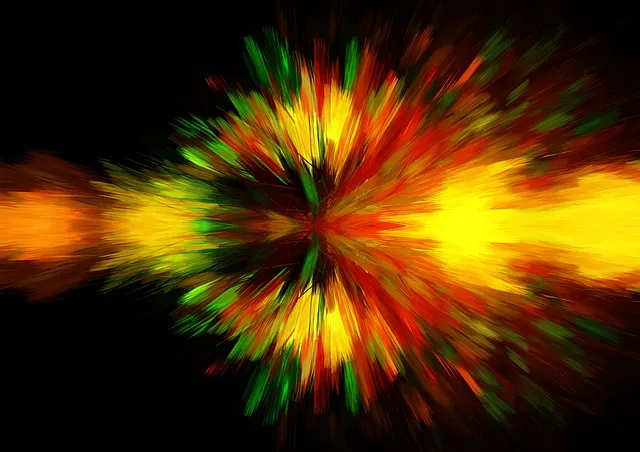I hope you all had a nice summer. Fall is almost there and it is timely to resume this particle physics project on Steem allowing non-physicist to contribute to state-of-the-art research in particle physics by contributing to the MadAnalysis 5 platform.

[image credits: Maximilian Brice (CC BY-SA 4.0)]
I will not enter into details, as everything has been largely documented in all the posts given below. For any newcomer, a good start is the 3-month status report that I posted right before leaving for my offline vacation place (and all references within).
Here, I instead solely focus on 3 LHC analyses which I would like the participants (so far, the main contributors are @crokkon, @effofex, @irelandscape, @mactro) to tackle.
Two of them (task requests 1 and 2) concern supersymmetry. Supersymmetry consists in one of the most studied theories extending the Standard Model of particle physics, and offers a bunch of new phenomena to use as handles for searching for it.
The last one (task request 3) focuses on dark matter, one of the key concept behind standard cosmology. The nature of dark matter is still unknown, assuming it exists, as alternative are still viable. Producing and observing it at particle colliders is thus vital for our understanding of nature.
Finally, as a bonus, anyone who would like to finish the dark matter analysis used in the exercises that we achieved is welcomed to do so.
General rules
After discussing with Utopian.io moderators, it has been decided that each contribution will have to be submitted in a fresh GitHub repository containing the C++ implementation, in the MadAnalysis 5 framework, of one or more of the analyses proposed below.
Please also do not forget to tag me in your post detailing your implementation and to leave a comment to this post (with the link) so that I could notice your work.

[image credits: geralt (CC0)]
On top of the various posts related to this project, an extensive documentation (of 100 pages) has been released last August. I recommend to browse it, and in particular its second technical appendix that contains all methods available within the MadAnalysis 5 package.
All submissions will be reviewed, and allowed to enter the second phase of the project if correct. The second phase of the project will address validation, which is by far not trivial and necessary for being included in the Public Analysis Database of MadAnalysis 5.
Such a validation procedure requires to simulate LHC collisions and to reproduce experimental predictions to some extent. This is what we will talk about in a month or so.
All contributions have to be submitted by September 28th. Good luck everyone!
TR1. Supersymmetry with ATLAS
The task request 1 focuses on a search for the supersymmetric partners of the Higgs bosons by the ATLAS collaboration. The sections 5 and 6 of this scientific article contain the description of the analysis.
- Object definitions are detailed in Section 5 (very similar to the exercises).
- 8 low-mass signal regions are defined in section 6.1.1 (summary in table 2)
- 2 high-mass signal regions are defined in section 6.2.1 (summary in table 5).
- The design of some of the variables may sound complicated. Feel free to ask for help.
- Control regions can be ignored.
TR2. Supersymmetry with ATLAS - again
The task request 2 focuses on a search for the supersymmetric partners of the quarks and gluons by the ATLAS collaboration. The sections 5 and 6 of this scientific article contain the description of the analysis.
- Object definitions are detailed in Section 5 (very similar to the exercises).
- Section 6 details various signal regions: 3 classes of "high-pt" signal regions (see table 3) and 2 classes of "low-pt" signal regions (see table 4).
- Each class of regions contains varied subregions according to the value of an mll variable (see tables 7 and 8). All those signal regions must be implemented independently.
- Control regions can be ignored.
TR3. Dark matter with CMS
The task request 3 focuses on a search for dark matter by the CMS collaboration. The sections 4 and 5 of this scientific article contain the description of the analysis.
- Diphoton channel: object definitions are detailed in Section 4.1 that also includes the analysis itself. There are two signal regions.
- Ditau channel: object definitions are detailed in Section 5.1 that also includes the analysis itself. There are three signal regions.
References
Ref. 1: installation instructions and generalities on the MadAnalysis 5 framework.
Ref. 2: reconstructing photons, electron and muons in a detector; basic C++ programming in the MadAnalysis 5 framework.
Ref. 3: properties of all objects reconstructed in a detector; introducing jets.
Ref. 4: Histogramming and object isolation.
Ref. 5: implementing an analysis strategy, selection cuts and signal regions.
3-month status report of the project.